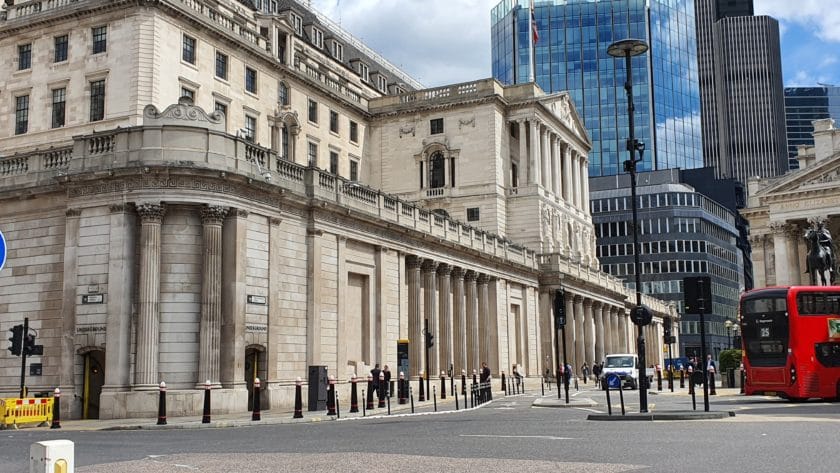With inflation anticipated to fall further, Sarah Coles, head of personal finance, Hargreaves Lansdown considers how interest rates could be affected.
It looks like inflation will hit the Government’s target well before the end of the year – falling below 5% in October. The Monetary Policy Report last week said it would hit 4.8%, and remain at roughly the same level for the rest of 2023, thanks to lower petrol, energy and food inflation.
After rising through the summer and early autumn, petrol prices fell in October. The Competition & Markets Authority said it should have dropped even further – and that retailers had been inflating their margins. The old adage of petrol prices rising like a rocket and falling like a feather seems to hold true. Nevertheless, prices fell in October.
Meanwhile, early indications show that food inflation is likely to have fallen for another month too – and the prices of some staples including milk and pasta may actually have dropped. Meanwhile, the energy price cap was cut in October, which we know will have fed directly into the figures.
Impact on likely interest rates
Huw Pill, chief economist of the Bank of England, has been keen to emphasise that he thinks current rates will do the job of controlling inflation. Meanwhile, Governor Andrew Bailey has said that it’s too early to talk about cuts. It means there’s every chance that even if inflation drops as forecast, interest rates will stay put for the foreseeable future.
There are no guarantees. If oil prices spike again, or wage rises steam ahead far more dramatically, we could see another rate rise whisked out of the back pocket. Meanwhile, if the economy is even weaker than expected, it could accelerate plans for cuts.
However, if cuts progress as the Bank expects, they’re going to move at glacial pace. The Bank expects them to be at 5.1% in the last three months of next year and 4.2% by the same period of 2026 – which is hardly a dramatic overnight shift.
What it means for savings and mortgages
We’re past the peak for savings, with the most competitive fixed rates across all periods now dropping below 6%. We’re not expecting dramatic overnight falls, but we are expecting a gradual reduction, so if you were considering a fixed rate account, it’s worth taking advantage of the best rates while you can.
With rates on hold, variable mortgages will tend to stay put. Fixed rates, meanwhile, could fall very slightly, as any lingering doubts over whether this is the top of the rate rise cycle start to recede. However, we’re not expecting any big moves until the market starts to expect a rate cut – which is likely to be months down the track.































